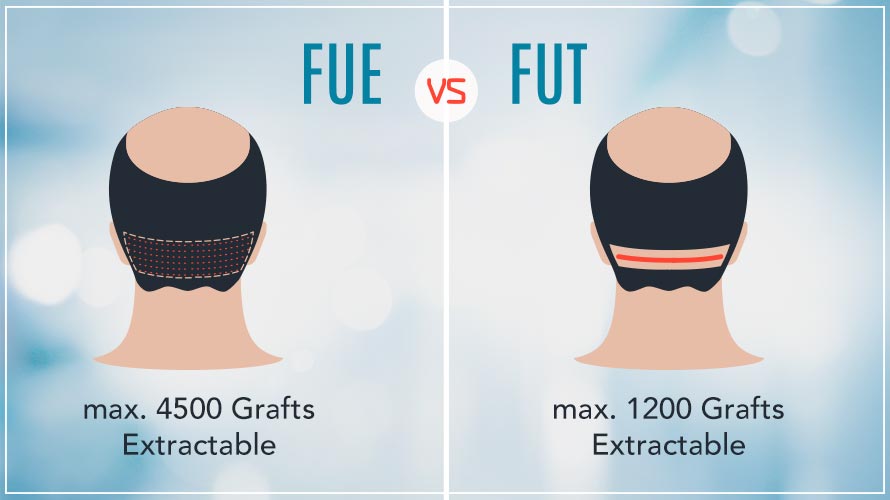Hair transplantation is one of the fastest developing procedures in plastic surgery with regular improvements. With the latest developments in technology and the FUE concept, this procedure has been taken to very different dimensions. With FUE, the damage caused by the FUT procedure, which is a more primitive method, on the donor area has been overcome. In the FUT method, the roots were taken from the skin by making a strip incision from the donor area and transplanted to the target point, but in the groundbreaking new FUE method, the hair follicles are taken from the scalp one by one at a certain distance with a 0.9 mm or smaller diameter punch without any incision and transplanted to the target point. is processing.

The causes of hair loss in both men and women vary widely. A strong family history or androgenetic alopecia are some of the best indicators for us. A dominant genetic link is thought to cause hair loss. Like most tissues, hair follicles are in a state of periodic transformation. They turn into some phases at certain intervals and this process is repeated constantly. If we look at these phases, they are in a rotation as active growth phase, transition phase, resting phase and return to anagen phase. The number of hairs, which we generally estimate to be 130,000 – 150,000 thousand in normal people, does not indicate the number of hairs because there can be more than one hair in a root. These rates are decreasing due to many reasons. However, we should also take into account that each shedding indicates complete root death, and 50-120 shedding per day is considered normal. Factors such as the transition to the anagen phase or seasonal shedding remind us that shedding is normal. Seasonal shedding generally increases in late summer and early autumn, and decreases in late winter and early spring. In other words, as we understand from this situation, temperature and seasonal norms are effective in our non-permanent hair loss. Hair loss in men is measured by the Norwood scale, which is accepted all over the world, and is divided into 7. In women, shedding is different. Unlike men, women experience hair loss starting from the mid-top, and the front line is generally preserved. Unlike men, the Ludwig scale is used for hair loss in women, which is accepted all over the world. Since the shedding stages are different in men and women, the shedding scales are also different from each other.
Norwood scale:

Ludwig scale :

Scientific basis of hair transplant surgery; It is the process of transplanting hair follicles that will remain permanently to the target area due to reasons such as shedding, congenital sparse, traumatic scar tissue, etc.
Additional elements in hair transplant surgery are:
Greft size, transplantation density, medical control of hair loss. The priority should be a natural appearance, high patient satisfaction and reliability. For the future of hair transplantation, it is necessary to focus on cell-based treatments as well as minimal incision surgery.
